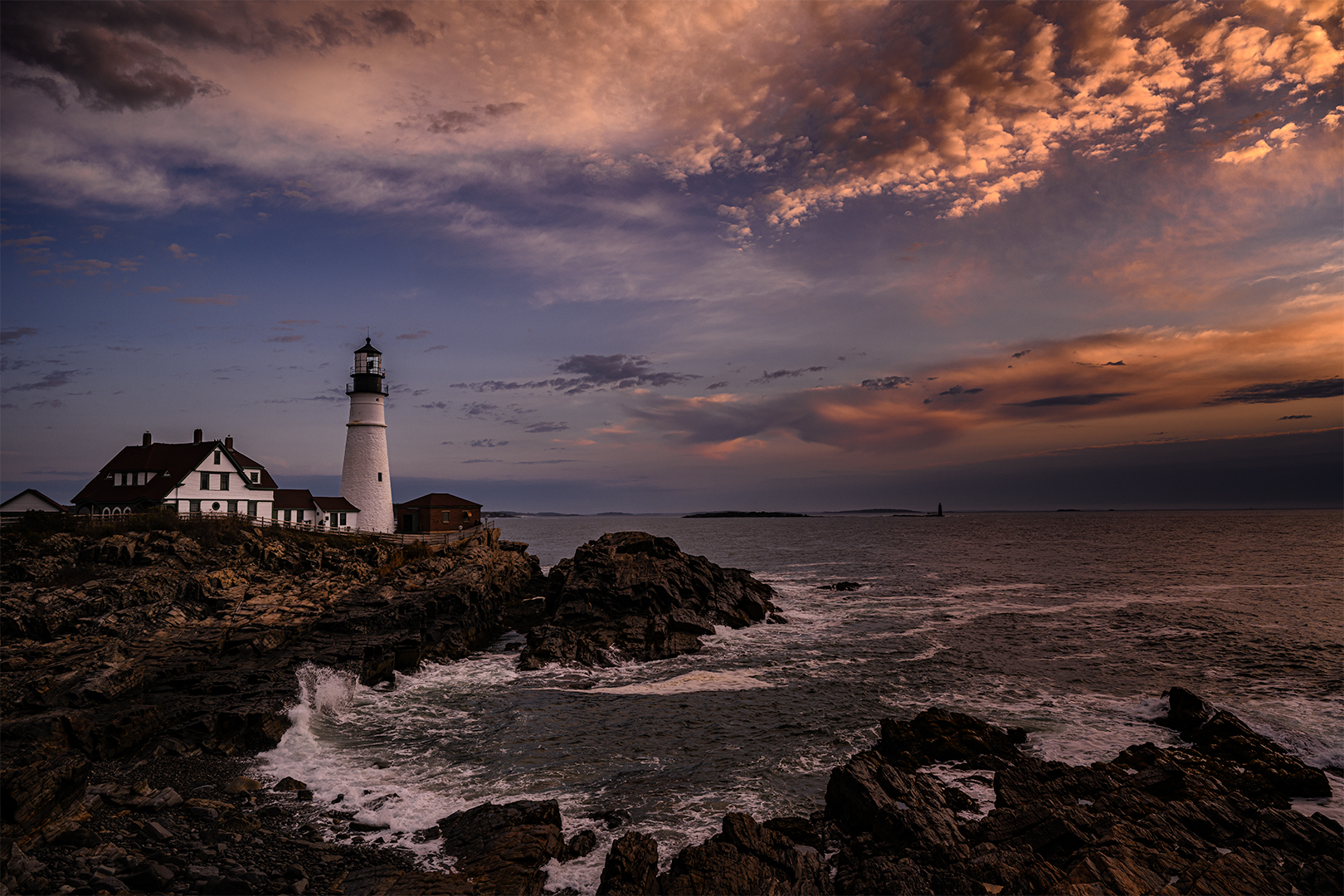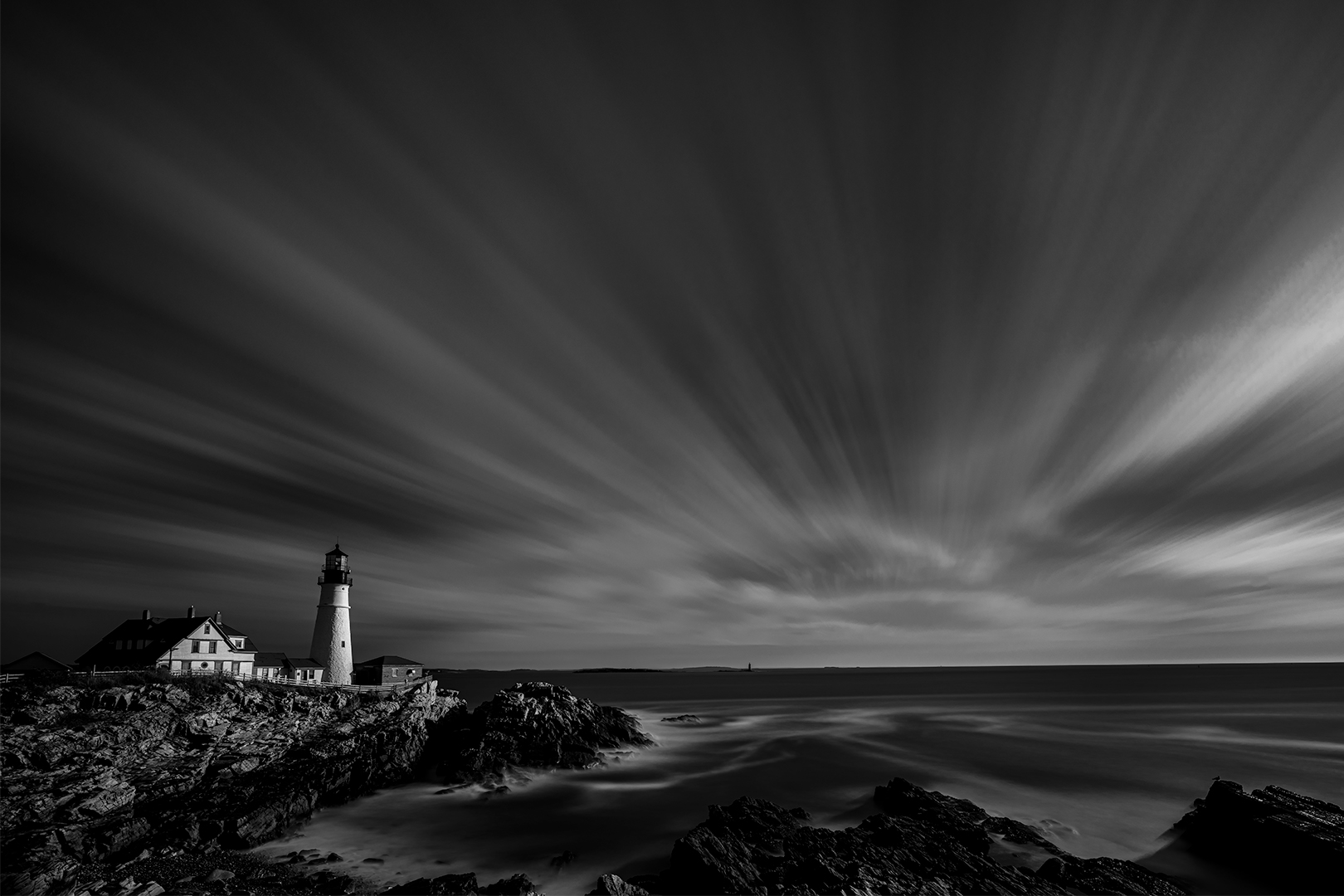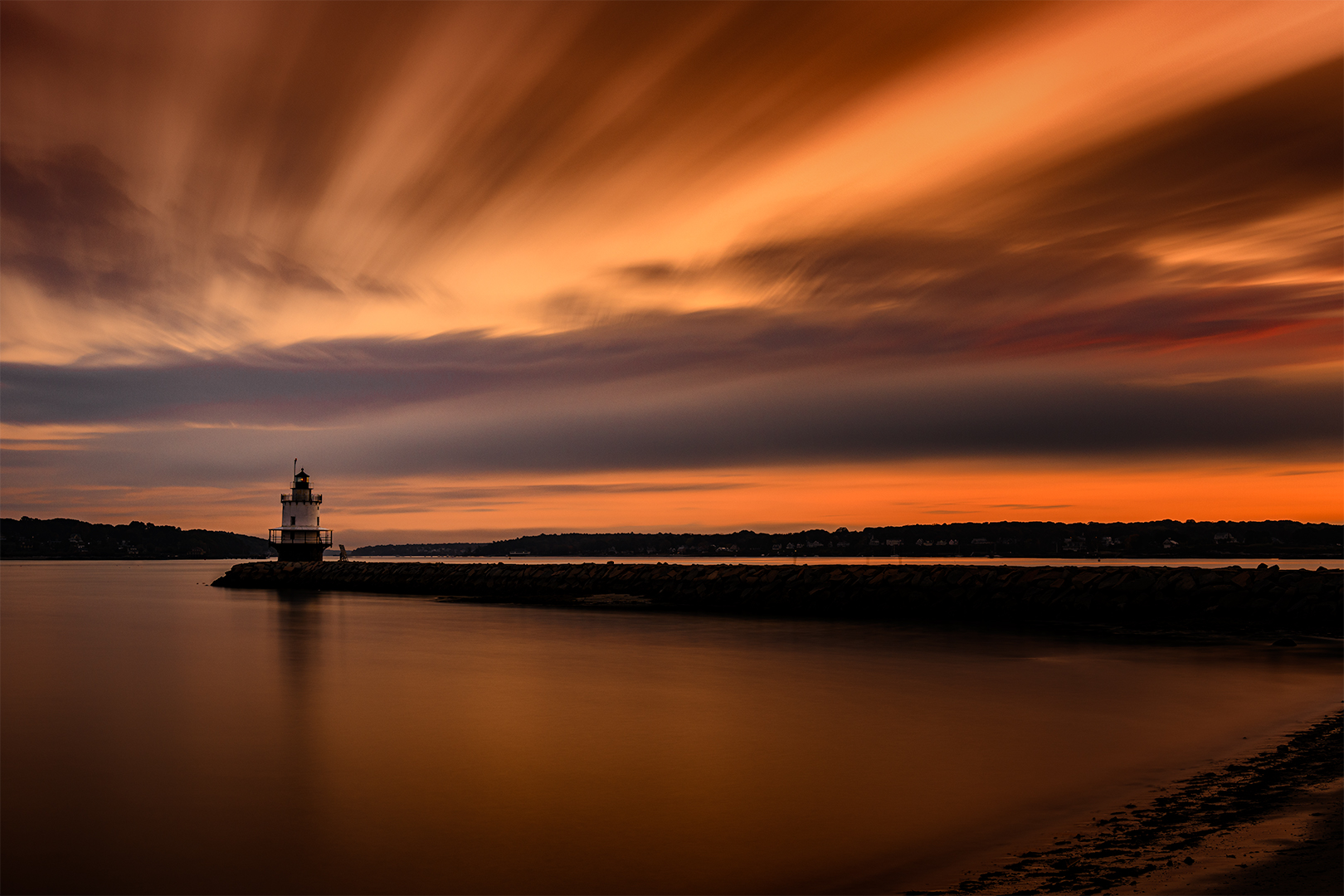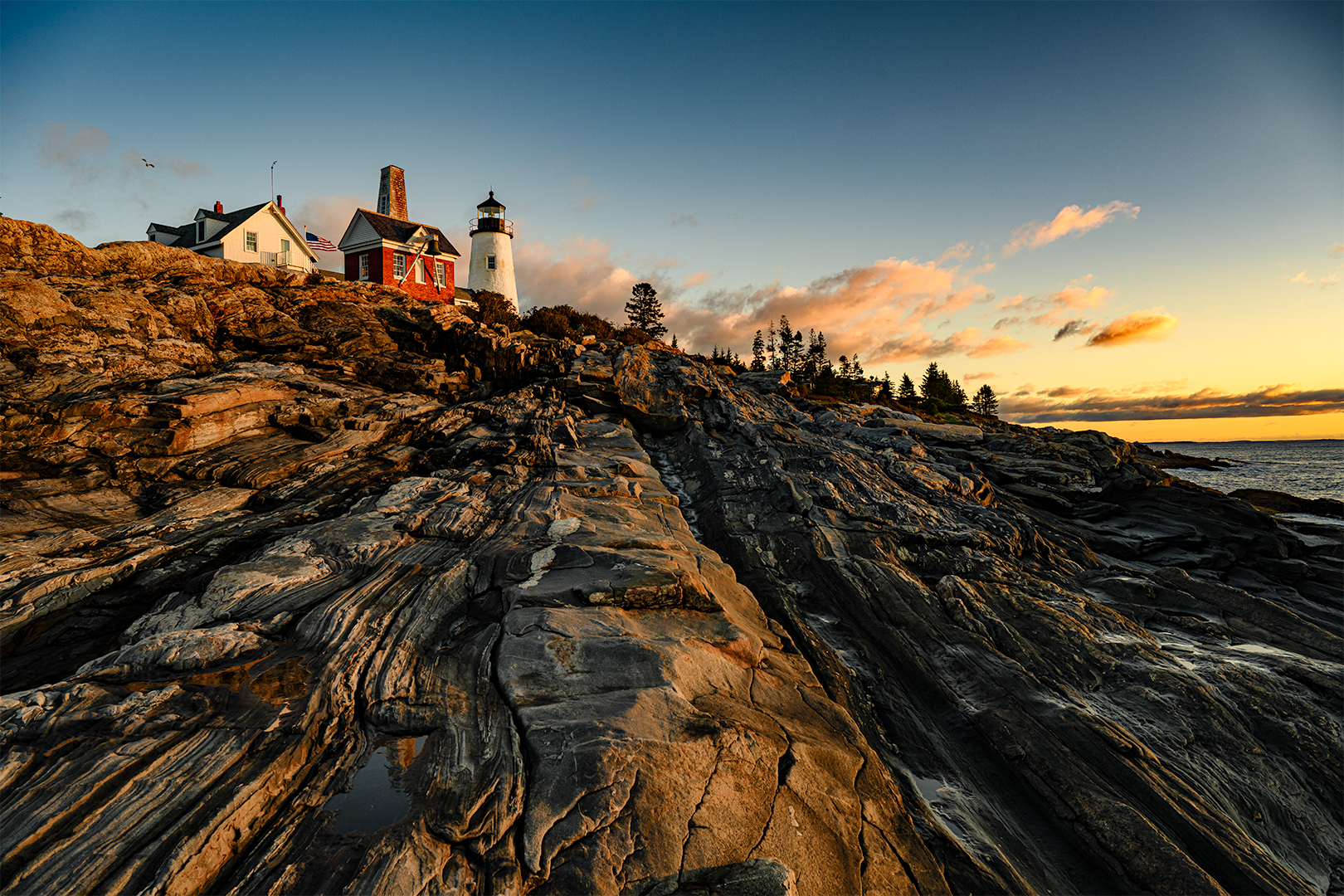
It’s Halloween, also known as All Hallow’s Eve or All Saints’ Day Eve. I did some light painting on a group of small decorative pumpkins that I found at the grocery store the other day. Instead of being all orange, they are mostly white with touches of orange, yellow, and green and I thought they made an interesting and kind of different Halloween subject.


















